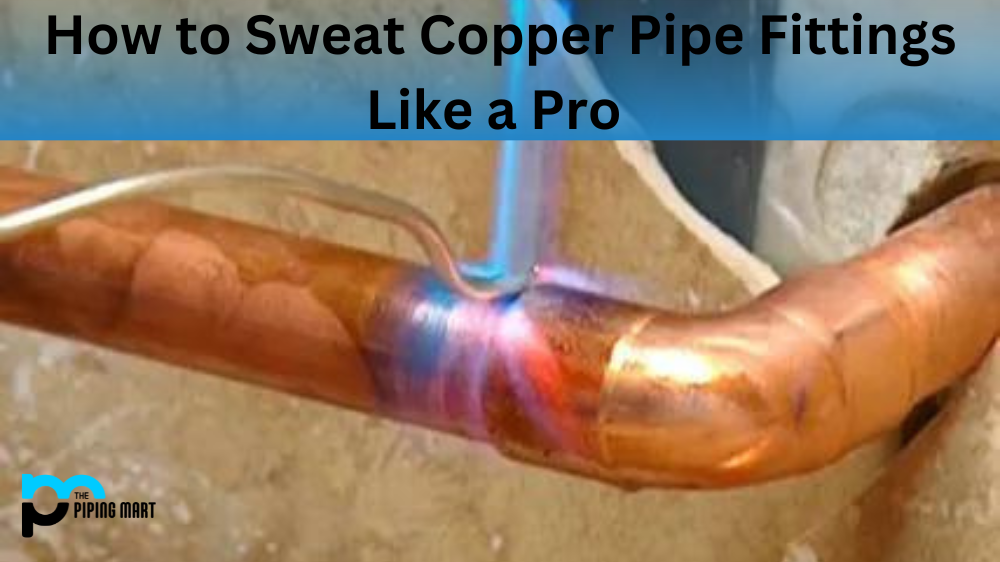Sweating copper pipe fittings is a skill many DIYers and professionals need to master. Copper is a popular choice for plumbing because it lasts a long time and is resistant to corrosion. That said, sweating copper pipe fittings requires practice and patience. Here’s what you need to know to sweat your copper pipe fittings like a pro.
Materials Needed:
Before you start sweating your copper pipe fittings, make sure you have all the necessary materials on hand. You will need the following items: clean, dry copper pipes; flux paste; flux brushes; solder; soldering torch; and emery cloth (for cleaning the pipes). Ensure all of these items are in good condition before beginning the project.
Step 1: Preparation –
Once all of your materials are gathered, begin by cleaning each of your pipes with an emery cloth. This will help ensure that no debris gets stuck in between your joints when you sweat them together. Once your pipes are clean, dry them off with a rag or paper towel before moving on to the next step.
Step 2: Flux Application –
Next, apply flux paste to each joint using either a brush or applicator bottle, depending on which method works best for you. Make sure to completely cover each joint with an even coat of paste so that everything stays secure once it’s been soldered together. Allow at least five minutes for the flux paste to set before moving on to the next step.
Step 3: Soldering –
Now it’s time to start soldering! Heat up each joint with your torch until it turns bright orange, then slowly feed the solder into each joint until they are completely sealed shut. Be sure not to overheat any of the joints, as this can cause damage and potential failure down the line.
Conclusion:
Sweating copper pipe fittings can be intimidating, but with enough practice and patience, anyone can become an expert at sweating their copper pipes like a pro! All it takes is having the right materials and taking proper care during preparation and application steps for successful results every time! So get out there and get started on your next project! Good luck!
Sakshee is a talented blogger, with a particular focus on the Business and Metal Industry. She is passionate about sharing her insights on various metal products and helping professionals to make a better decisions.




